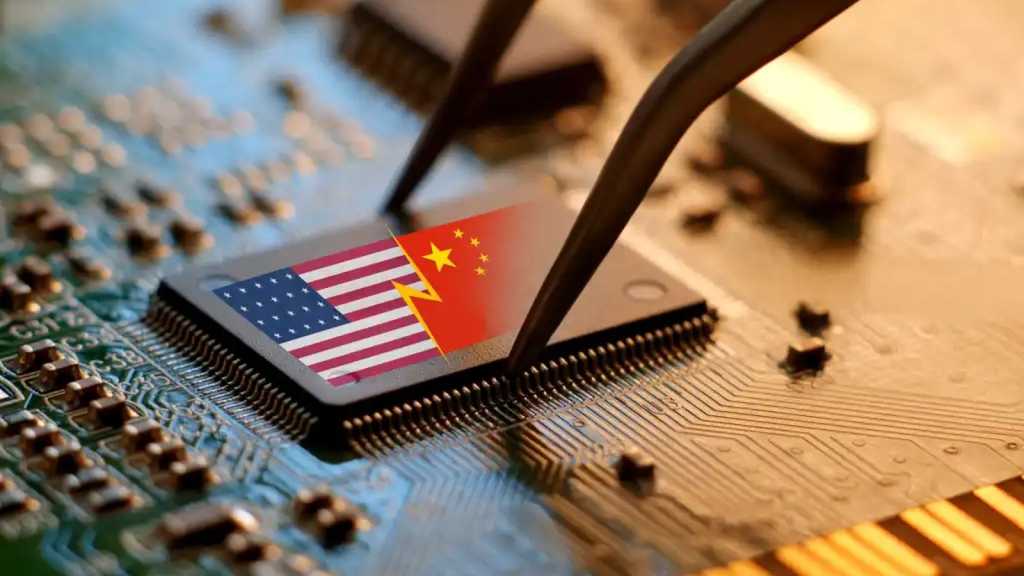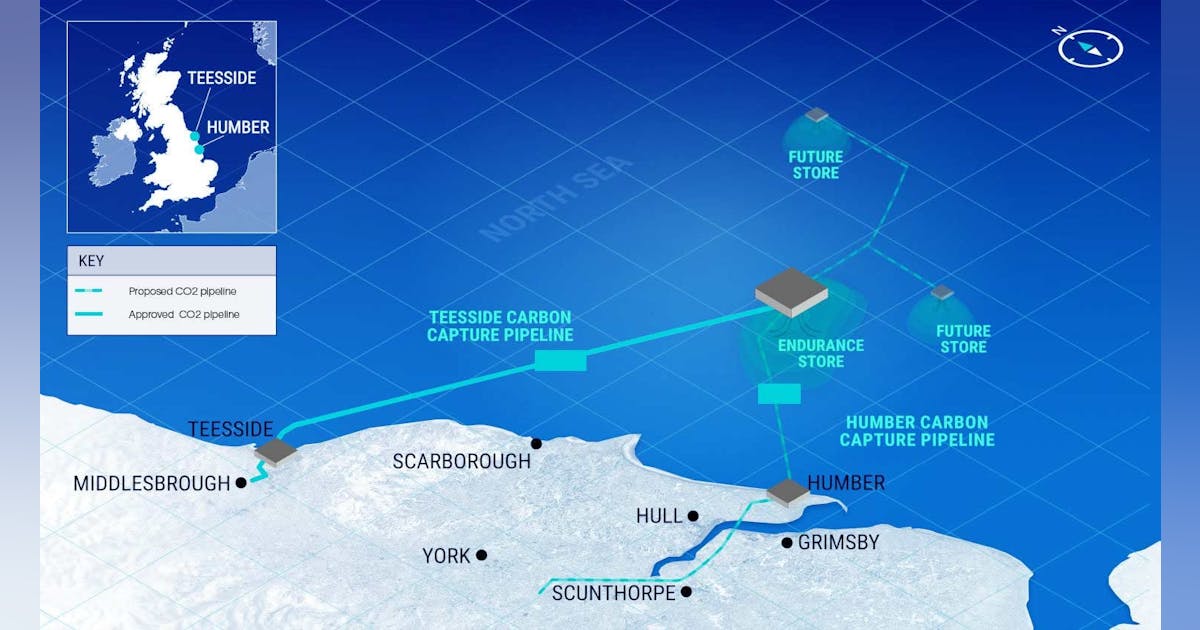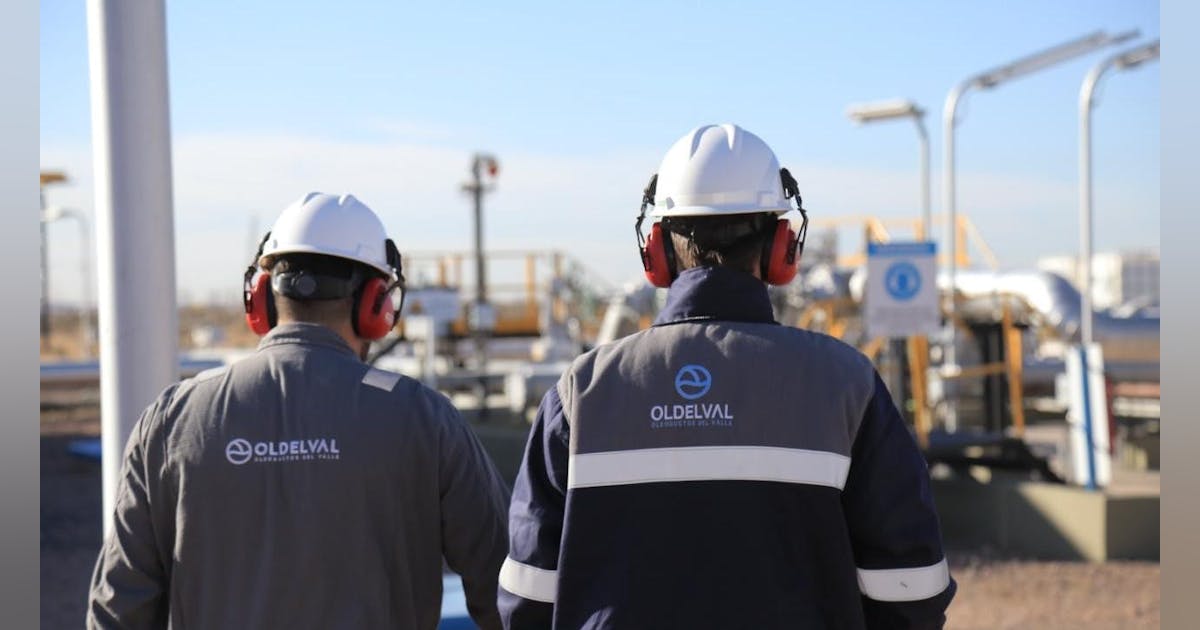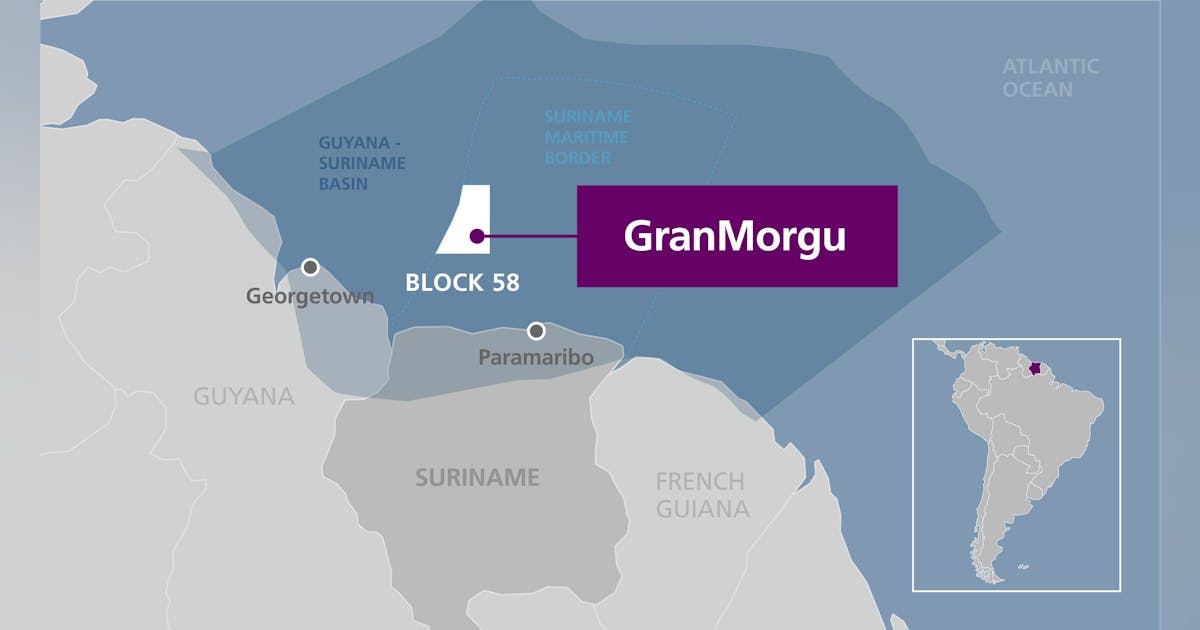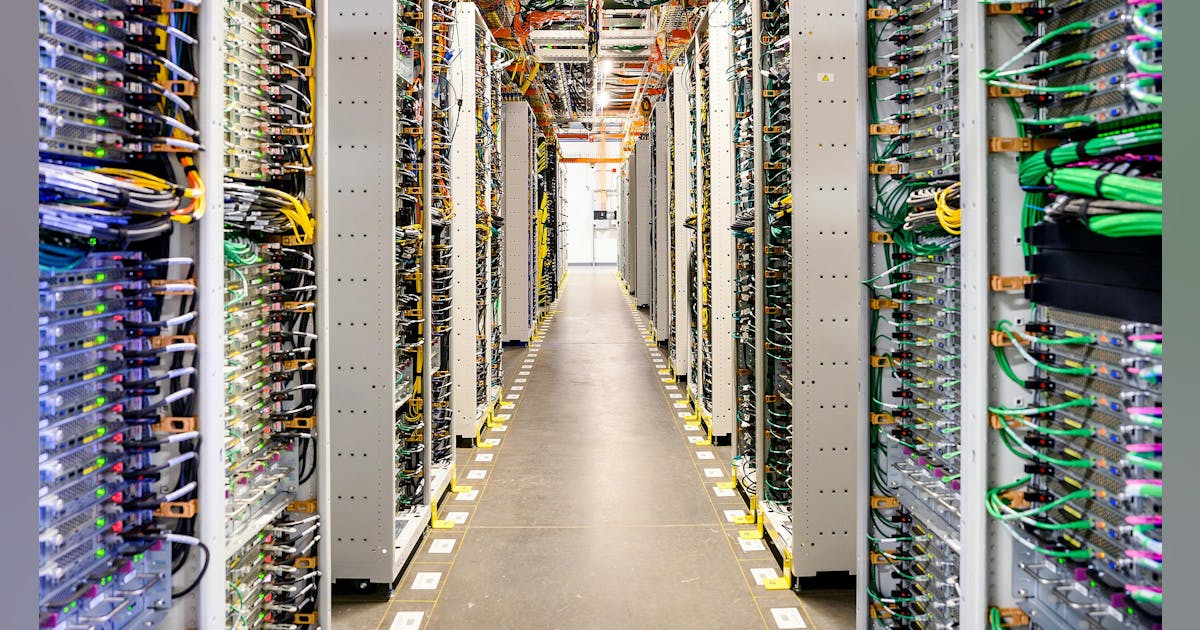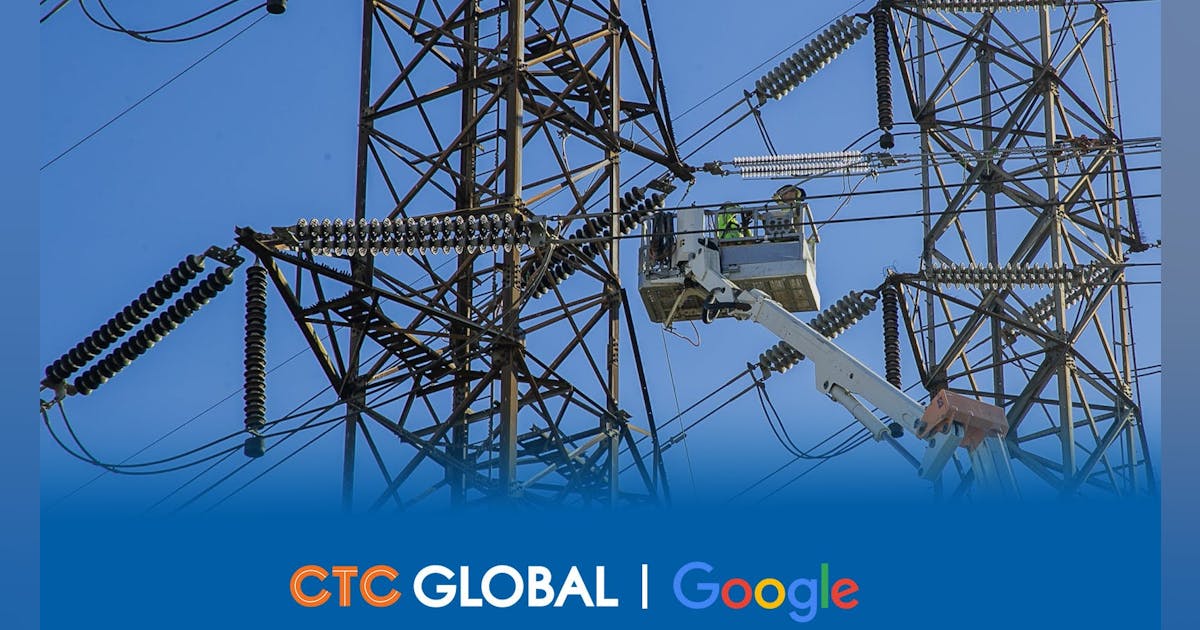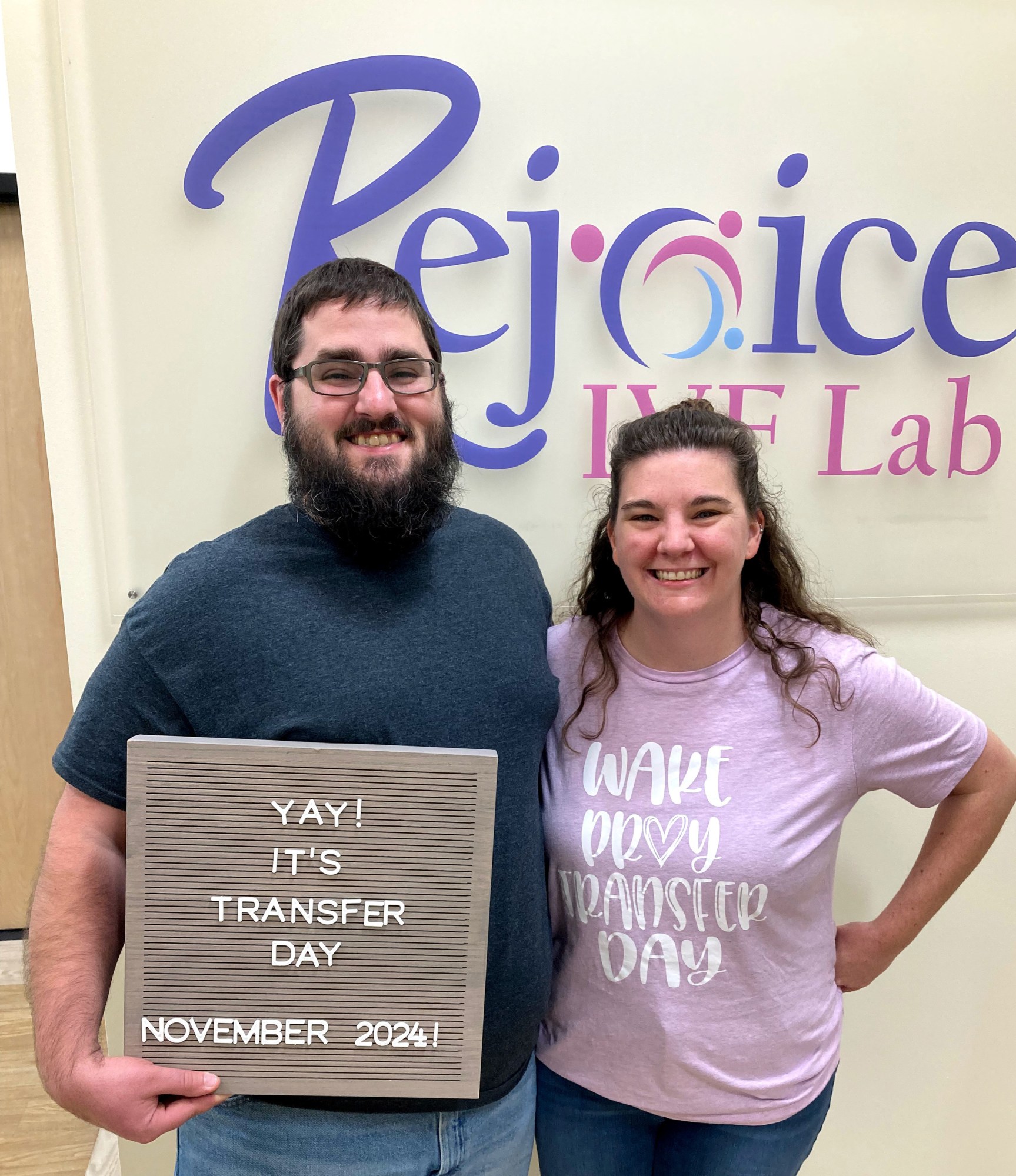E2B, a startup providing cloud infrastructure specifically designed for artificial intelligence agents, has closed a $21 million Series A funding round led by Insight Partners, capitalizing on surging enterprise demand for AI automation tools.
The funding comes as an remarkable 88% of Fortune 100 companies have already signed up to use E2B’s platform, according to the company, highlighting the rapid enterprise adoption of AI agent technology. The round included participation from existing investors Decibel, Sunflower Capital, and Kaya, along with notable angels including Scott Johnston, former CEO of Docker.
E2B’s technology addresses a critical infrastructure gap as companies increasingly deploy AI agents — autonomous software programs that can execute complex, multi-step tasks including code generation, data analysis, and web browsing. Unlike traditional cloud computing designed for human users, E2B provides secure, isolated computing environments where AI agents can safely run potentially dangerous code without compromising enterprise systems.
“Enterprises have enormous expectations for AI agents. However, we’re asking them to scale and perform on legacy infrastructure that wasn’t designed for autonomous agents,” said Vasek Mlejnsky, co-founder and CEO of E2B, in an exclusive interview with VentureBeat. “E2B solves this by equipping AI agents with safe, scalable, high-performance cloud infrastructure designed specifically for production-scale agent deployments.”
The AI Impact Series Returns to San Francisco – August 5
The next phase of AI is here – are you ready? Join leaders from Block, GSK, and SAP for an exclusive look at how autonomous agents are reshaping enterprise workflows – from real-time decision-making to end-to-end automation.
Secure your spot now – space is limited: https://bit.ly/3GuuPLF
Seven-figure monthly revenue spike shows enterprises betting big on AI automation
The funding reflects explosive revenue growth, with E2B adding “seven figures” in new business just in the past month, according to Mlejnsky. The company has processed hundreds of millions of sandbox sessions since October, demonstrating the scale at which enterprises are deploying AI agents.
E2B’s customer roster reads like a who’s who of AI innovation: search engine Perplexity uses E2B to power advanced data analysis features for Pro users, implementing the capability in just one week. AI chip company Groq relies on E2B for secure code execution in its Compound AI systems. Workflow automation platform Lindy integrated E2B to enable custom Python and JavaScript execution within user workflows.
The startup’s technology has also become critical infrastructure for AI research. Hugging Face, the leading AI model repository, uses E2B to safely execute code during reinforcement learning experiments for replicating advanced models like DeepSeek-R1. Meanwhile, UC Berkeley’s LMArena platform has launched over 230,000 E2B sandboxes to evaluate large language models’ web development capabilities.
Firecracker microVMs solve the dangerous code problem plaguing AI development
E2B’s core innovation lies in its use of Firecracker microVMs — lightweight virtual machines originally developed by Amazon Web Services — to create completely isolated environments for AI-generated code execution. This addresses a fundamental security challenge: AI agents often need to run untrusted code that could potentially damage systems or access sensitive data.
“When talking to customers and special enterprises, their biggest decision is almost always build versus buy,” Mlejnsky explained in an interview. “With the build versus buy solution, it all really comes down to whether you want to spend next six to 12 months building this hiring five to 10 person infrastructure team that will cost you at least half a million dollars…or you can use our plug and play solution.”
The platform supports multiple programming languages including Python, JavaScript, and C++, and can spin up new computing environments in approximately 150 milliseconds — fast enough to maintain the real-time responsiveness users expect from AI applications.
Enterprise customers particularly value E2B’s open-source approach and deployment flexibility. Companies can self-host the entire platform for free or deploy it within their own virtual private clouds (VPCs) to maintain data sovereignty — a critical requirement for Fortune 100 firms handling sensitive information.
Perfect timing as Microsoft layoffs signal shift toward AI worker replacement
The funding comes at a pivotal moment for AI agent technology. Recent advances in large language models have made AI agents increasingly capable of handling complex, real-world tasks. Microsoft recently laid off thousands of employees while expecting AI agents to perform previously human-only work, Mlejnsky pointed out in our interview.
However, infrastructure limitations have constrained AI agent adoption. Industry data suggests fewer than 30% of AI agents successfully make it to production deployment, often due to security, scalability, and reliability challenges that E2B’s platform aims to solve.
“We’re building the next cloud,” Mlejnsky said, outlining the company’s ambitious vision. “The current world runs on Cloud 2.0, which was made for humans. We’re building the open-source cloud for AI agents where they can be autonomous and run securely.”
The market opportunity appears substantial. Code generation assistants already produce at least 25% of the world’s software code, while JPMorgan Chase saved 360,000 hours annually through document processing agents. Enterprise leaders expect to automate 15% to 50% of manual tasks using AI agents, creating massive demand for supporting infrastructure.
Open-source strategy creates defensive moat against tech giants like Amazon and Google
E2B faces potential competition from cloud giants like Amazon, Google, and Microsoft, which could theoretically replicate similar functionality. However, the company has built competitive advantages through its open-source approach and focus on AI-specific use cases.
“We don’t really care” about the underlying virtualization technology, Mlejnsky explained, noting that E2B focuses on creating an open standard for how AI agents interact with computing resources. “We are even like actually partnering with a lot of these cloud providers too, because a lot of enterprise customers actually want to deploy E2B inside their AWS account.”
The company’s open-source sandbox protocol has become a de facto standard, with hundreds of millions of compute instances demonstrating its real-world effectiveness. This network effect makes it difficult for competitors to displace E2B once enterprises have standardized on its platform.
Alternative solutions like Docker containers, while technically possible, lack the security isolation and performance characteristics required for production AI agent deployments. Building similar capabilities in-house typically requires 5-10 infrastructure engineers and at least $500,000 in annual costs, according to Mlejnsky.
Enterprise features like 24-hour sessions and 20,000 concurrent sandboxes drive Fortune 100 adoption
E2B’s enterprise success stems from features specifically designed for large-scale AI deployments. The platform can scale from 100 concurrent sandboxes on the free tier to 20,000 concurrent environments for enterprise customers, with each sandbox capable of running for up to 24 hours.
Advanced enterprise features include comprehensive logging and monitoring, network security controls, and secrets management — capabilities essential for Fortune 100 compliance requirements. The platform integrates with existing enterprise infrastructure while providing the granular controls security teams demand.
“We have very strong inbound,” Mlejnsky noted, describing the sales process. “Once we tackle the 87% we will come back for those 13%.” Customer objections typically focus on security and privacy controls rather than fundamental technology concerns, indicating broad market acceptance of the core value proposition.
Insight Partners’ $21M bet validates AI infrastructure as next major software category
Insight Partners‘ investment reflects growing investor confidence in AI infrastructure companies. The global software investor, which manages over $90 billion in regulatory assets, has invested in more than 800 companies worldwide and seen 55 portfolio companies achieve initial public offerings.
“Insight Partners is excited to back E2B’s visionary team as they pioneer essential infrastructure for AI agents,” said Praveen Akkiraju, Managing Director at Insight Partners. “Such rapid growth and enterprise adoption can be difficult to achieve, and we believe that E2B’s open-source sandbox standard will become a cornerstone of secure and scalable AI adoption across the Fortune 100 and beyond.”
The investment will fund expansion of E2B’s engineering and go-to-market teams in San Francisco, development of additional platform features, and support for the growing customer base. The company plans to strengthen its open-source sandbox protocol as a universal standard while developing enterprise-grade modules like secrets vault and monitoring tools.
The infrastructure play that could define enterprise AI’s next chapter
E2B’s trajectory reveals a fundamental shift in how enterprises approach AI deployment. While much attention has focused on large language models and AI applications, the company’s rapid adoption among Fortune 100 firms demonstrates that specialized infrastructure has become the critical bottleneck.
The startup’s success also highlights a broader trend: as AI agents transition from experimental tools to mission-critical systems, the underlying infrastructure requirements more closely resemble those of traditional enterprise software than consumer AI applications. Security, compliance, and scalability — not just model performance — now determine which AI initiatives succeed at scale.
For enterprise technology leaders, E2B’s emergence as essential infrastructure suggests that AI transformation strategies must account for more than just model selection and application development. The companies that successfully scale AI agents will be those that invest early in the specialized infrastructure layer that makes autonomous AI operation possible.
In an era where AI agents are poised to handle an ever-growing share of knowledge work, the platforms that keep those agents running safely may prove more valuable than the agents themselves.
Daily insights on business use cases with VB Daily
If you want to impress your boss, VB Daily has you covered. We give you the inside scoop on what companies are doing with generative AI, from regulatory shifts to practical deployments, so you can share insights for maximum ROI.
Read our Privacy Policy
Thanks for subscribing. Check out more VB newsletters here.
An error occured.





